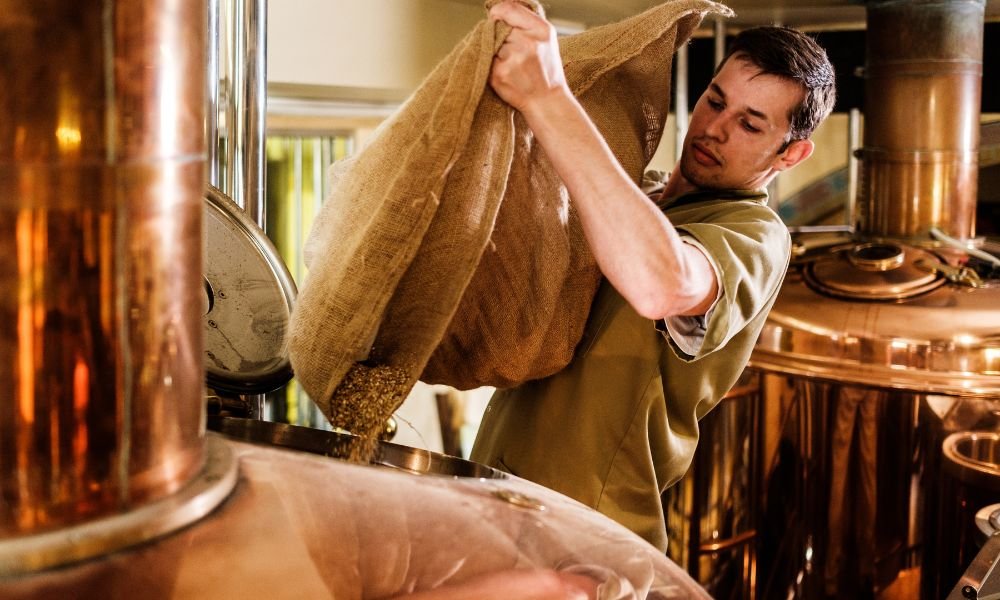5 Advanced Beer Brewing Techniques To Try
Crafting the perfect brew is an art form that has been evolving significantly over the centuries. Today, with the craft beer renaissance in full swing, amateur and professional brewers are constantly exploring new techniques to elevate their beer's flavor, aroma, and clarity to unprecedented heights.
These five advanced beer brewing techniques promise to challenge your skills and enhance your brewing repertoire. Whether you're working on a small batch or scaling up production, there's always room to experiment and refine your craft.
High-Gravity Brewing
High-gravity brewing involves creating a beer with a higher original gravity (OG) during fermentation, which results in a beer with a higher alcohol content. OG is a snapshot of the sugar concentration, giving you an idea of how much fuel is available for the yeast to convert into alcohol and carbon dioxide. It requires careful manipulation of the yeast environment because a higher concentration of sugars can lead to stuck fermentations.
Decoction Mashing
Decoction mashing involves removing part of the mash, boiling it, and then returning it to the main mash tun. This process, which you must repeat several times, deepens the malt flavors and enhances the beer's color, making it particularly suitable for brewing rich lagers and ales. It requires precise temperature control and timing but can yield a unique profile that is hard to achieve through other methods.
Utilizing Brite Tanks
Brewers looking to produce crystal-clear beer with enhanced carbonation should explore utilizing brite tanks. These are vessels designed for conditioning, clarifying, and carbonating beer before bottling or kegging. They allow brewers to fine-tune their beer's carbonation level precisely and can significantly improve clarity by providing an environment for yeast and particulate matter to settle. Consider our brite tanks for sale, which can help you bestow the finishing touches on your craft beers.
Dry Hopping
Dry hopping is the process of adding hops to the beer after the initial fermentation phase, typically in the conditioning tank. This technique uses aromatic hop oils without significantly increasing the beer's bitterness, creating an intensely aromatic and flavorful brew. The key to successful dry hopping is choosing the right hop variety and timing the addition carefully to maximize flavor and aroma.
Barrel Aging
Barrel aging involves maturing beer in wooden barrels, a technique that imparts complex flavors and aromas from the wood and any previous contents. Depending on the type of barrel used, the interaction between the beer and the wood can add layers of depth, including vanilla, oak, and caramel notes. This method requires patience and a keen sense of timing, as you must monitor the beer closely to achieve the desired profile without overpowering the original flavors.
By employing these advanced beer brewing techniques, brewers can push the boundaries of traditional beer crafting, creating unique and memorable brews that stand out in a crowded market. Experimenting with these techniques can lead to surprising discoveries and unparalleled beers.

